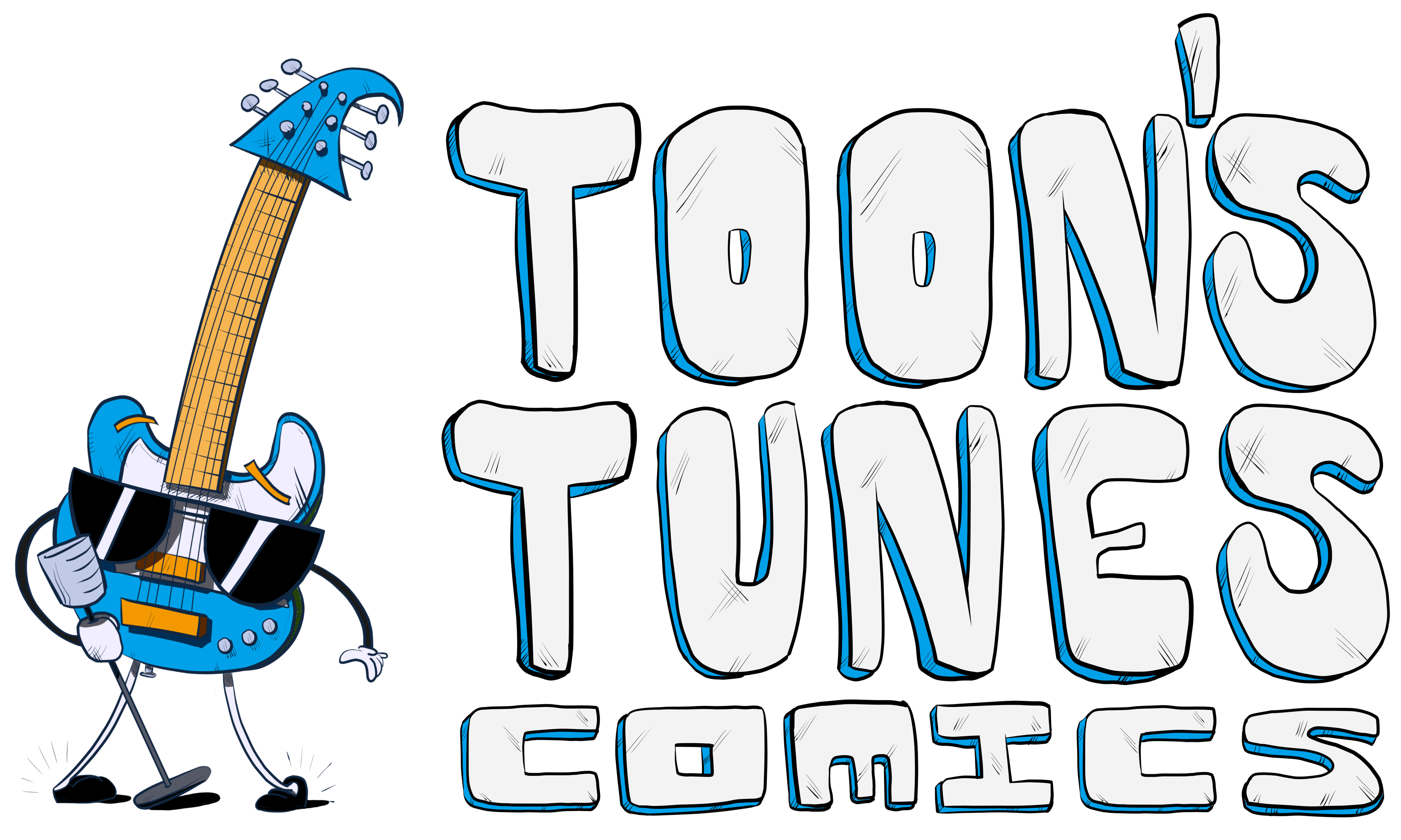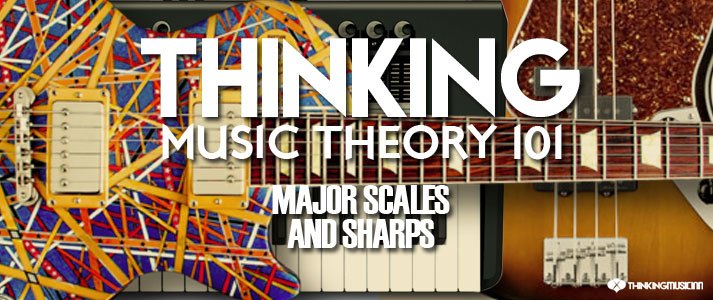I have a love and hate relationship with music theory.
But…it’s mostly love.
Because it opens up the big mystery of music that most people don’t know. Many students of mine always ask questions like:
Why does that chord work with that scale?
How do you know which notes or chords fit together?
How do you know to choose that chord or notes for that song?
These questions come up all the time, but all I can say is, “At the end of the day if it sounds good than use it.”
Sometimes most musicians don’t know where to start or why this or that note or chord works. That’s why I’m here to answer all your questions.
But first… Let’s learn about music theory. Starting with the major scales and sharp keys.
note: If this is your first time reading this lesson, then I would suggest starting with basic note reading fundamentals. Things could get confusing, you need to start here and here first to understand this lesson.
Majors Scales
Major scales are made of a series of whole steps and half steps. What is a whole or half step? If I were to play the C note on the piano, then the D note right next to it, that would be considered up a whole step. If I were to play the same C note, then move up to the C# note, that would be considered a half step.
Playing the same C note and moving below or to the left on the piano to the Bb note would be considered a whole step. Moving to the B note from the C note would be considered a half step.
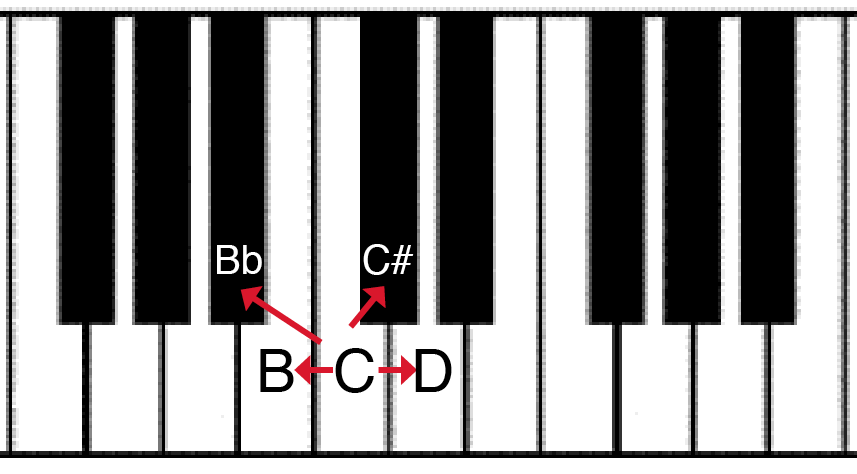
Using a guitar moving to the right or left one fret from the C note would be a half step, but skipping a fret would be a whole step.
Here is the C major scale made up of a series of half steps and whole steps.

Sharp Key Signatures
A sharp would indicate to play the current natural note one half step higher. Sometimes writing all the sharps could be a waste of ink so it would be rather useful to use key signatures.
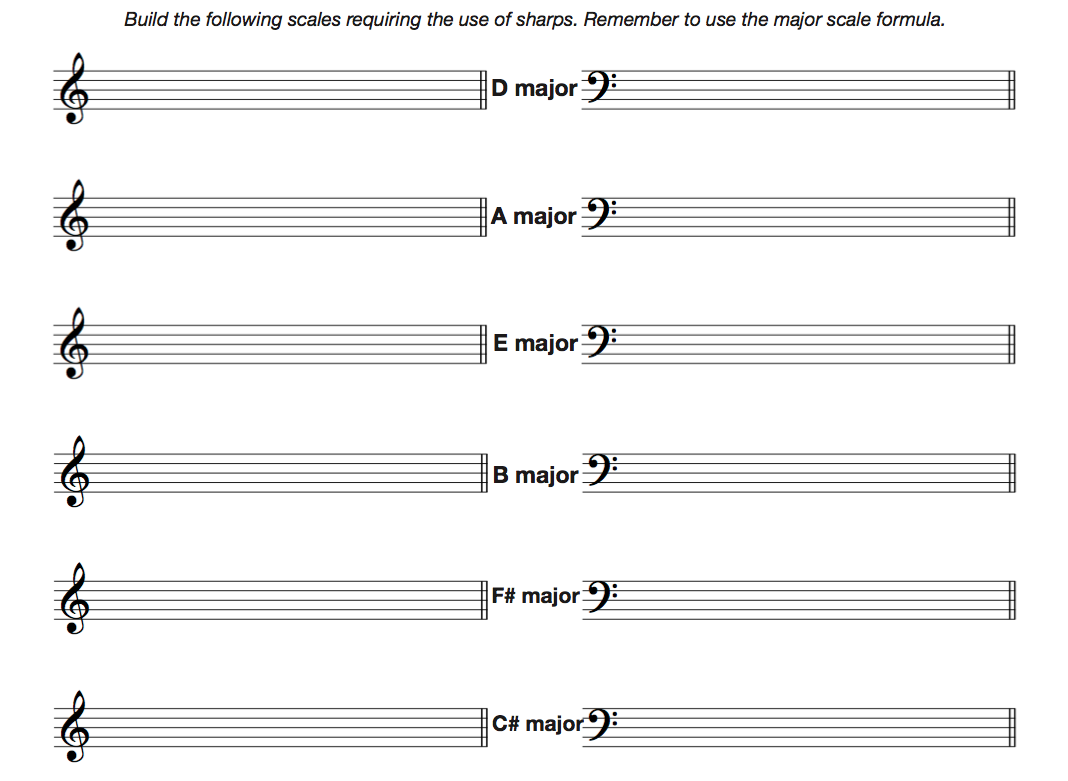
If I just used the key signatures to indicate which sharps belong to which key, then I wouldn’t need to write in all the sharps. I just need to memorize my key signatures.
How do I know the key of each key signature?
I’m glad you asked.
Below is the order key signatures starting with the first sharp. The trick is to locate the very last sharp in order of the key signature and raise it a half step and there you have the key.
One sharp in the key signature would be an F# (look below). A half step up from an F# would be a G. So it would be in the key of G.
Two sharps (look below). The last sharp in sequence would be the C#. Raise that up a half step and you would end up on the D. So it would be in the key of D.
Now it’s your turn.
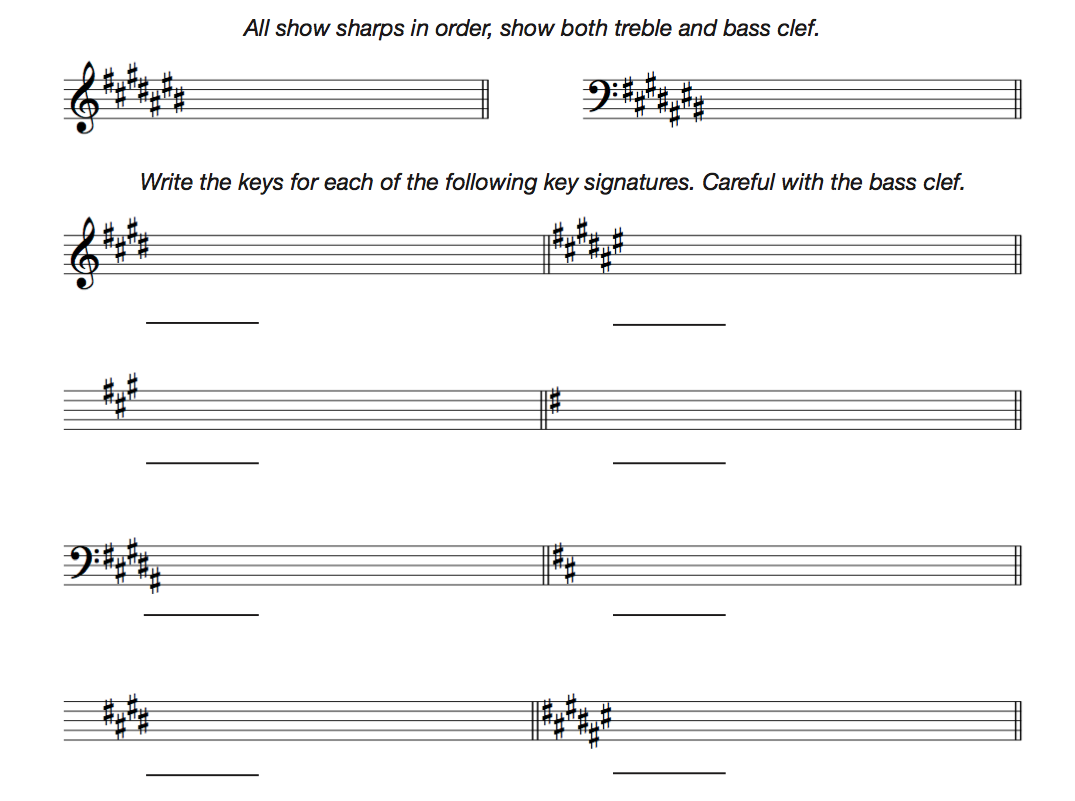
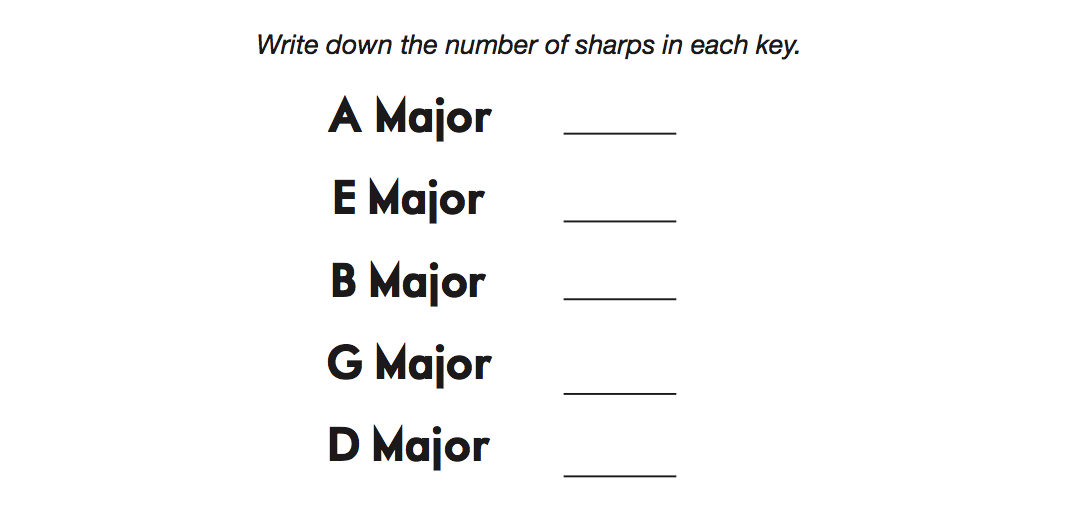
This is the first lesson among many. Please if you have any questions feel free to post them in the comments section below.
